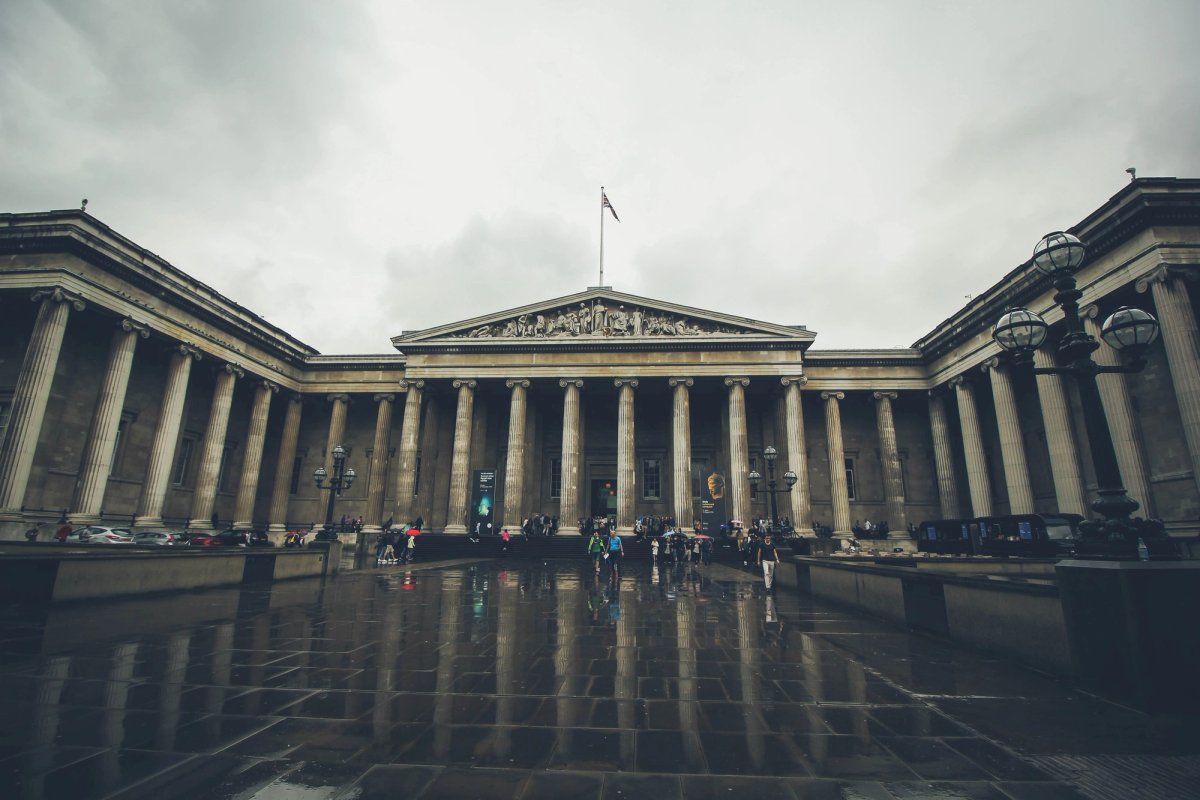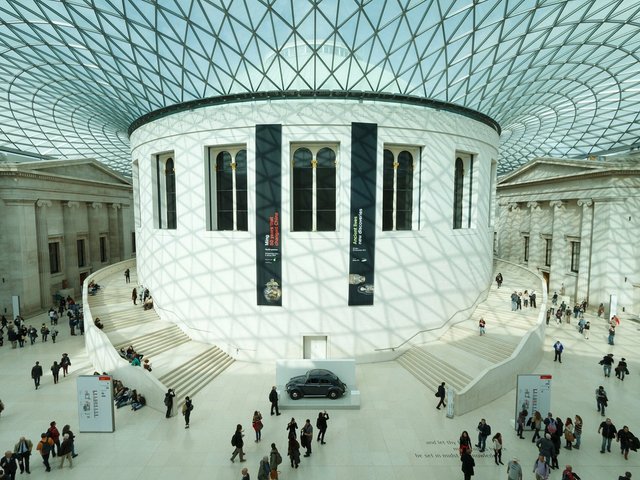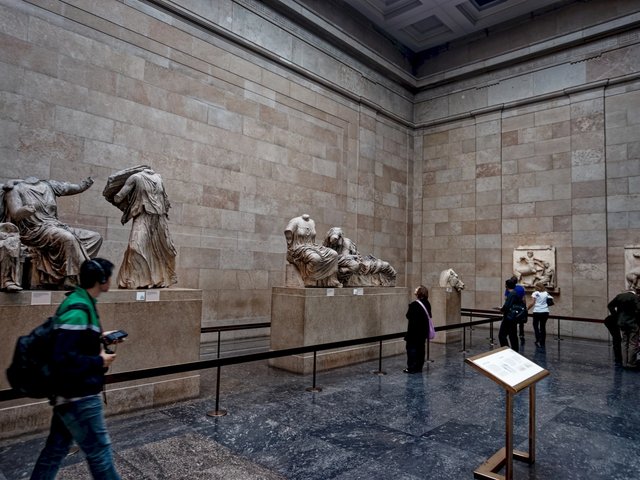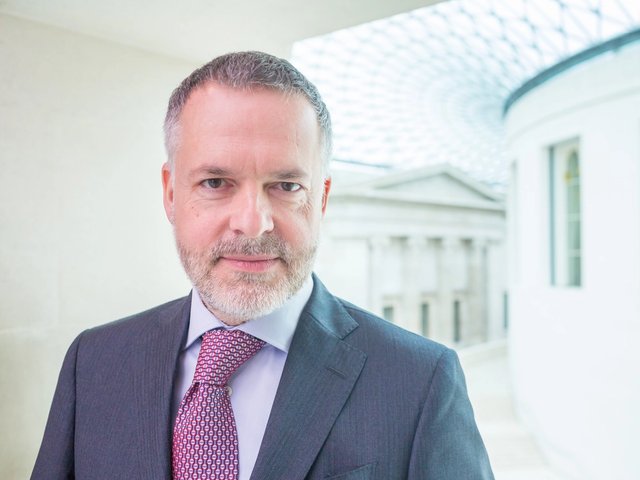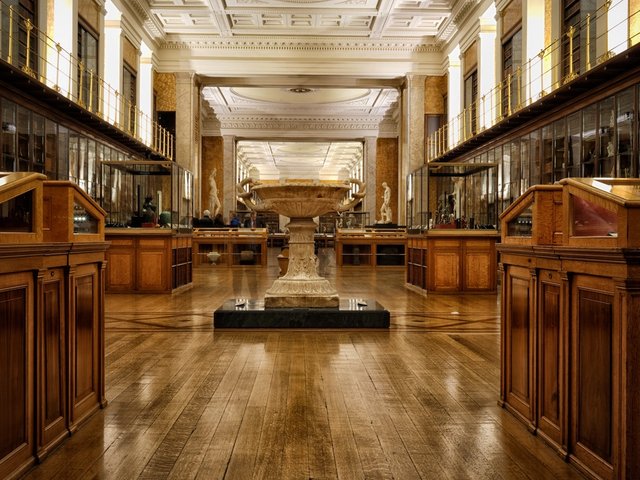BP is to give £50m to the British Museum over the next ten years to kickstart a masterplan to refurbish and redisplay the permanent collection. Although representing one of the largest ever corporate donations for a UK museum, accepting money from a giant oil and energy company is bound to prove highly controversial.
The museum announced today that an architectural competition will be launched next spring for the first phase: to redevelop the galleries housing antiquities from Egypt, Greece and Rome. Amounting to 7,500 sq. m, they represent around a third of the museum’s total displays.
Known as the “Western Range” galleries, they include the large hall housing the Parthenon Marbles, the subject of a restitution claim by the Greek government. The Rosetta Stone, which has been claimed by Egyptian archaeologists, is displayed nearby. The mummies, on the upper floor, are among the most crowded of the galleries.
A museum statement says that the project will involve “the introduction of contemporary architecture and innovative gallery displays, alongside sensitivity towards the need to respect and restore the highly significant and celebrated listed buildings”. Because of its listed status, internal alterations will have to be handled with great sensitivity and planning permission will be required.
The architectural competition will search for “the most exciting proposals from across the globe, with a particular focus on expertise in sustainability—both environmental and economic”.
There are two main imperatives for the masterplan. The mainly 19th-century building is badly in need of a thorough upgrade. But, equally important, many of the displays are outdated and need to be rethought. Although the first phase will concentrate on the great Mediterranean civilisations, eventually this is likely to shift the museum’s focus away from Europe to a more global presentation.
As part of the building project, there will be a new Energy Centre, which will phase out the use of fossil fuels and replace them with low-carbon technologies. This should save 1,700 tonnes a year of carbon dioxide, making the museum more sustainable. The project will be partly funded with government support.
In the meantime, the new storage facility that the museum is building in Berkshire is due to open on 7 June 2024. Known as BM_ARC, it has been funded with government compensation of £50m following a decision to sell off the existing store at Blythe House, in west London.
The museum makes the bold claim that the masterplan represents “one of the most significant cultural redevelopment projects ever undertaken”. Although no time frame is mentioned in today’s release, even the first phase (the Western Range) will take many years and the full project decades. The total cost of the full project is likely to end up as many hundreds of millions of pounds, possibly more than a billion.
George Osborne, a former chancellor of the exchequer, took over as the museum’s chair in 2021. His task will be to guide the fundraising campaign. Mark Jones is currently the interim museum director, following the resignation of Hartwig Fischer in August. A successor is expected to join in the middle of next year—and implementing the first stages of the masterplan will be a priority.
The British Museum is still reeling from the scandal over the 2,000 stolen Greek and Roman antiquities, believed to have been taken by a curator. Announcing the £50m BP donation towards the masterplan therefore represents a bold move at this particular juncture.
The museum will remain open during the building work, although it will mean that the displays on Egypt, Greece and Rome—the most popular part of the collection—will remain at least partially closed for many years. This will impact on the museum’s visitor numbers and on self-generated funding from its shops and catering.
Until now the largest donation to the museum was the £20m provided by the Garfield Weston Foundation, set up by a Canadian businessman. In 2000 this contributed to the building of Great Court, in the centre of the museum.
Charlie Mayfield, the chair of the museum’s masterplan committee, has expressed his thanks for BP’s financial commitment: “We are grateful to all our partners for their support.”
Louise Kingham, a leading BP official, said: “As a business that has made Britain its home for over a century, we are proud to be a long-term partner to this important British institution and play our part in its future transformation.”
BP has supported the museum since 1996, sponsoring numerous exhibitions. It also funded the BP Lecture Theatre in 2000. In recent years the museum has faced a constant series of protests by those who are concerned about impact of the use of oil on climate change.


